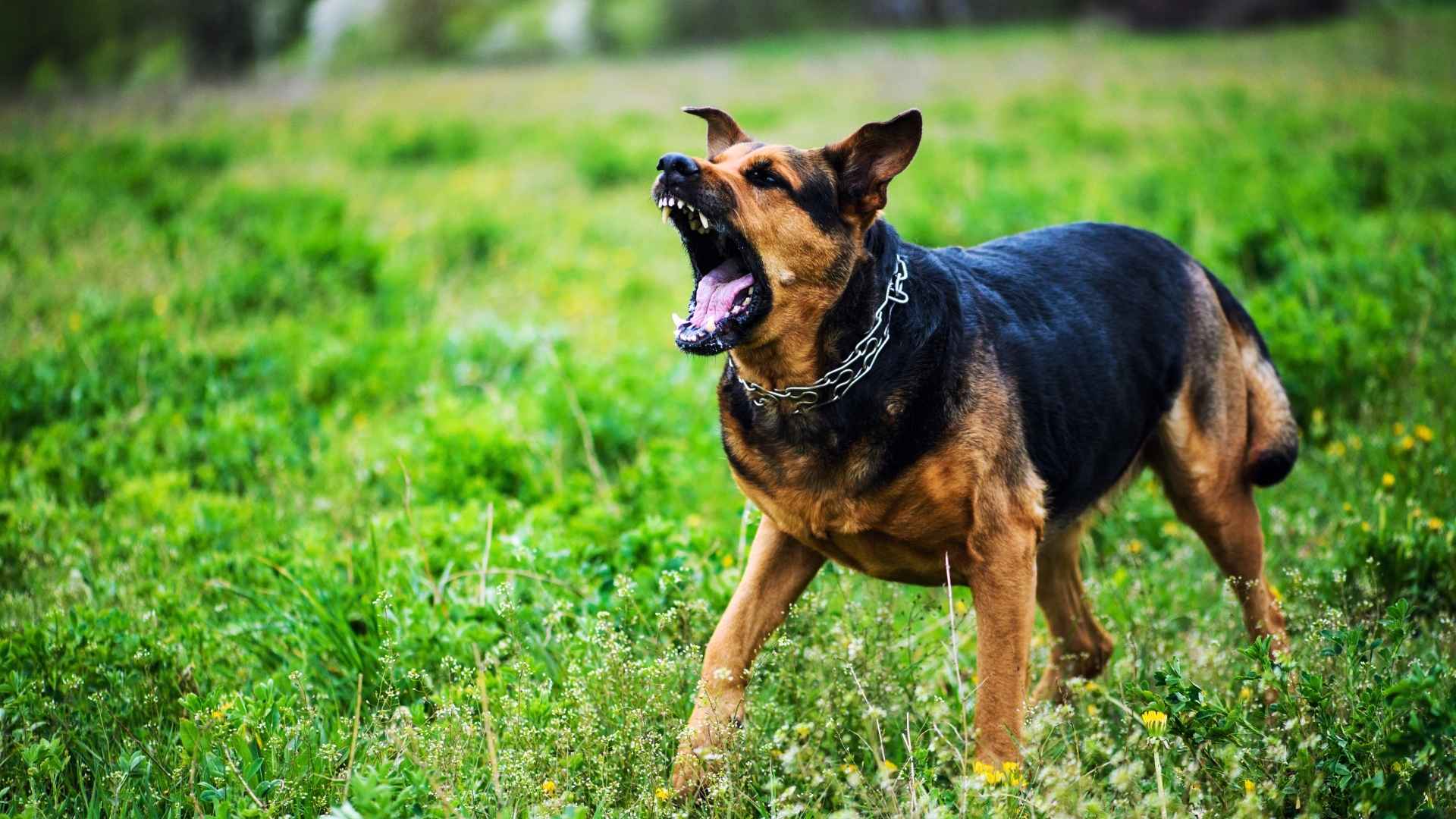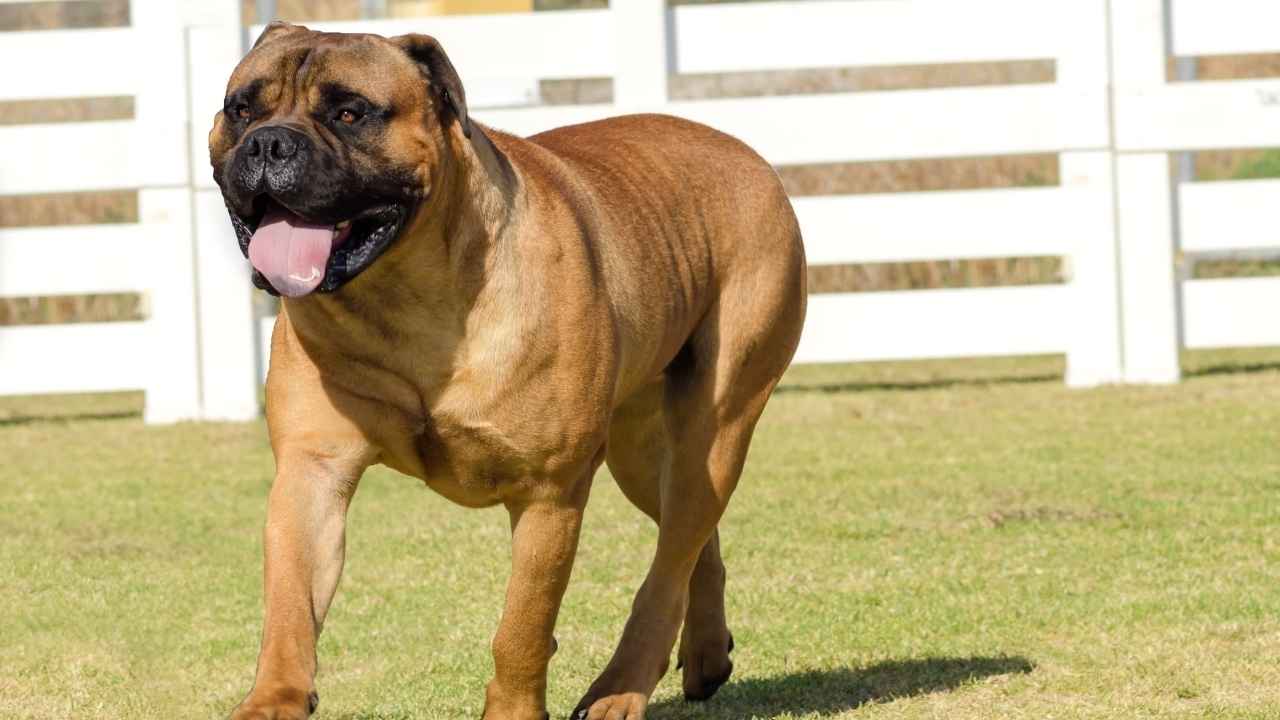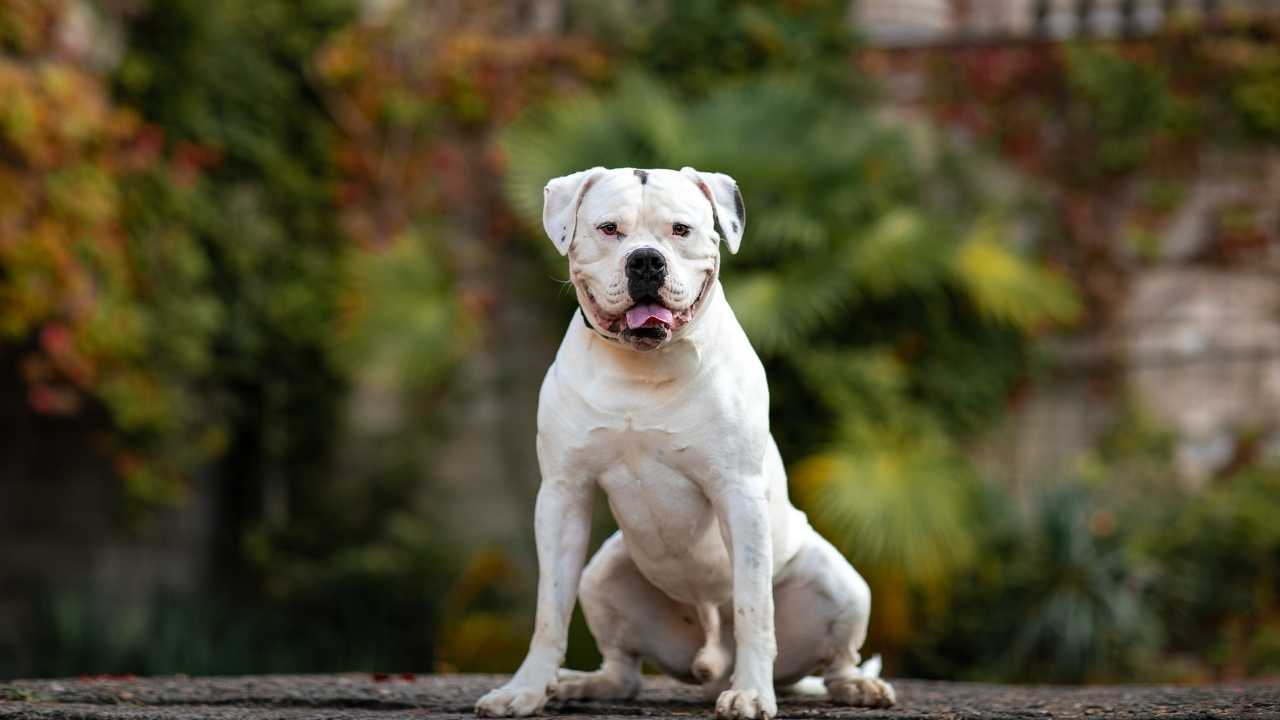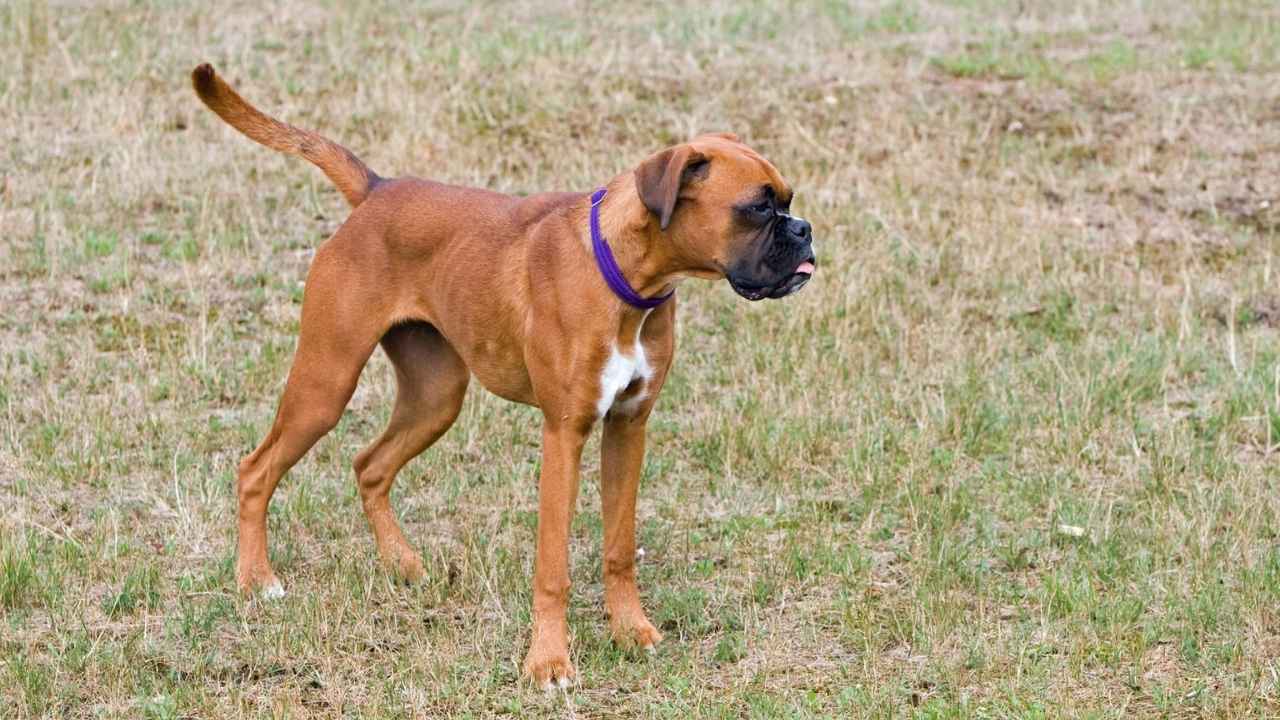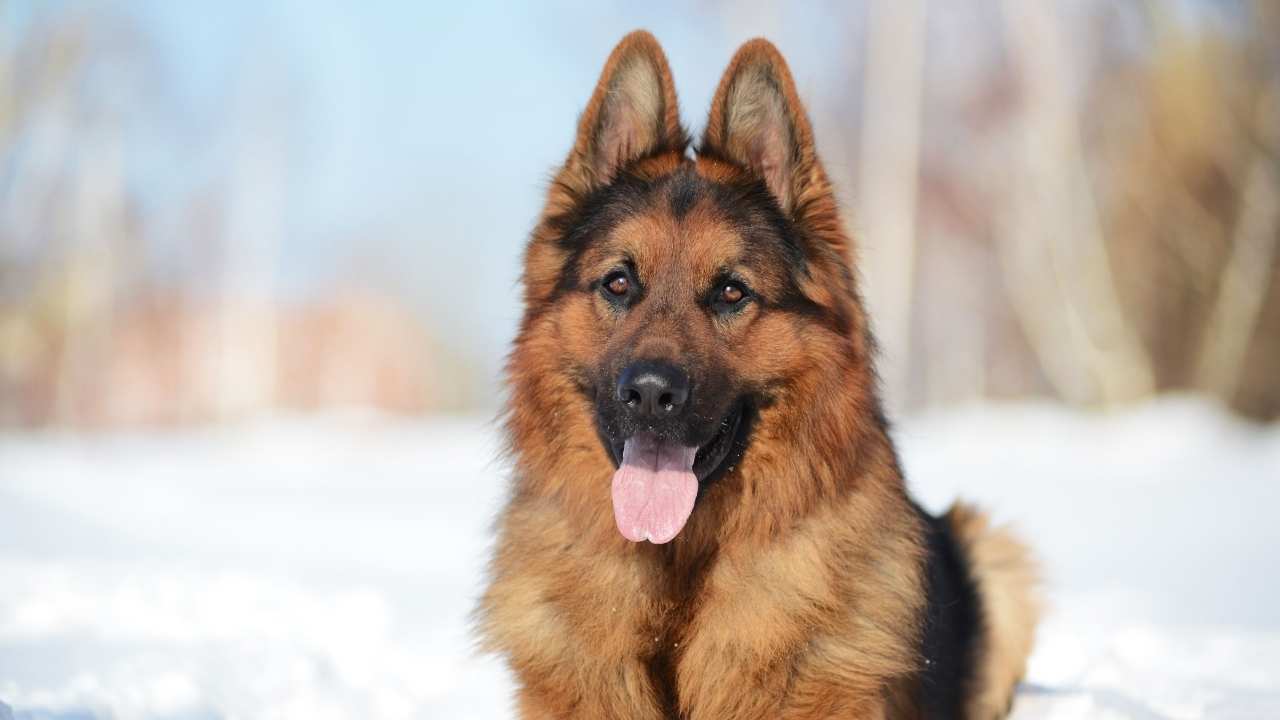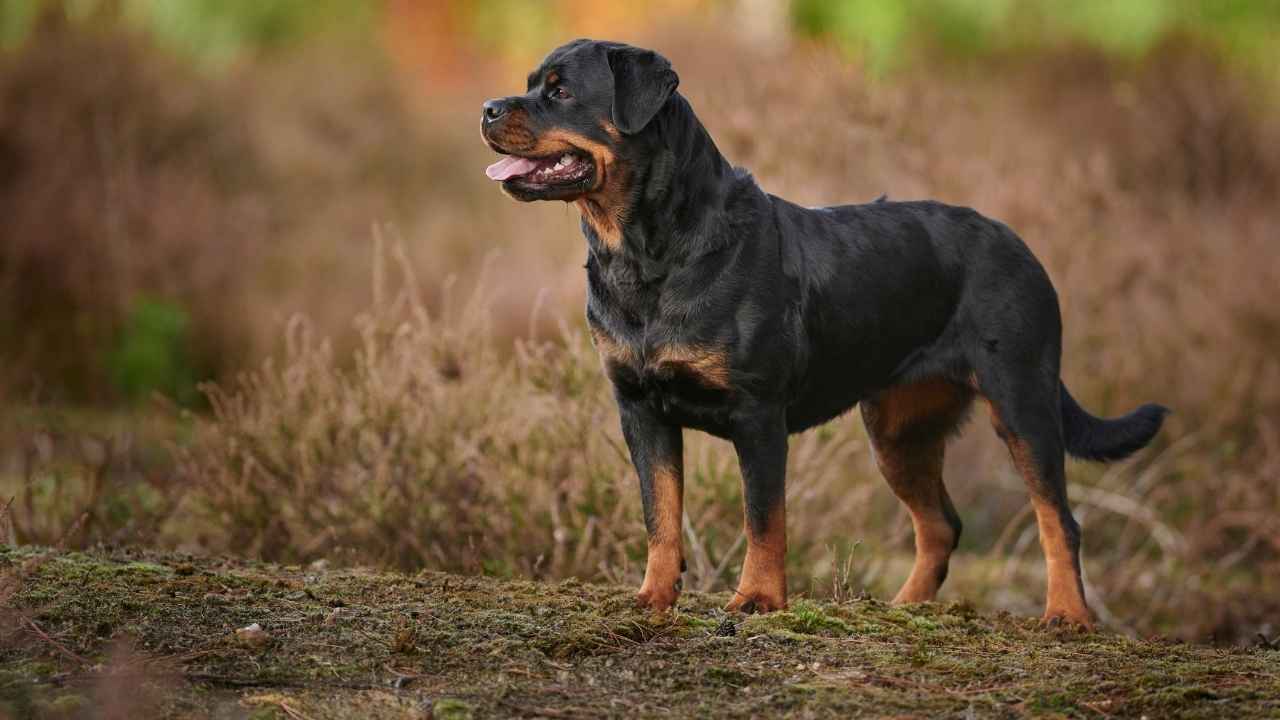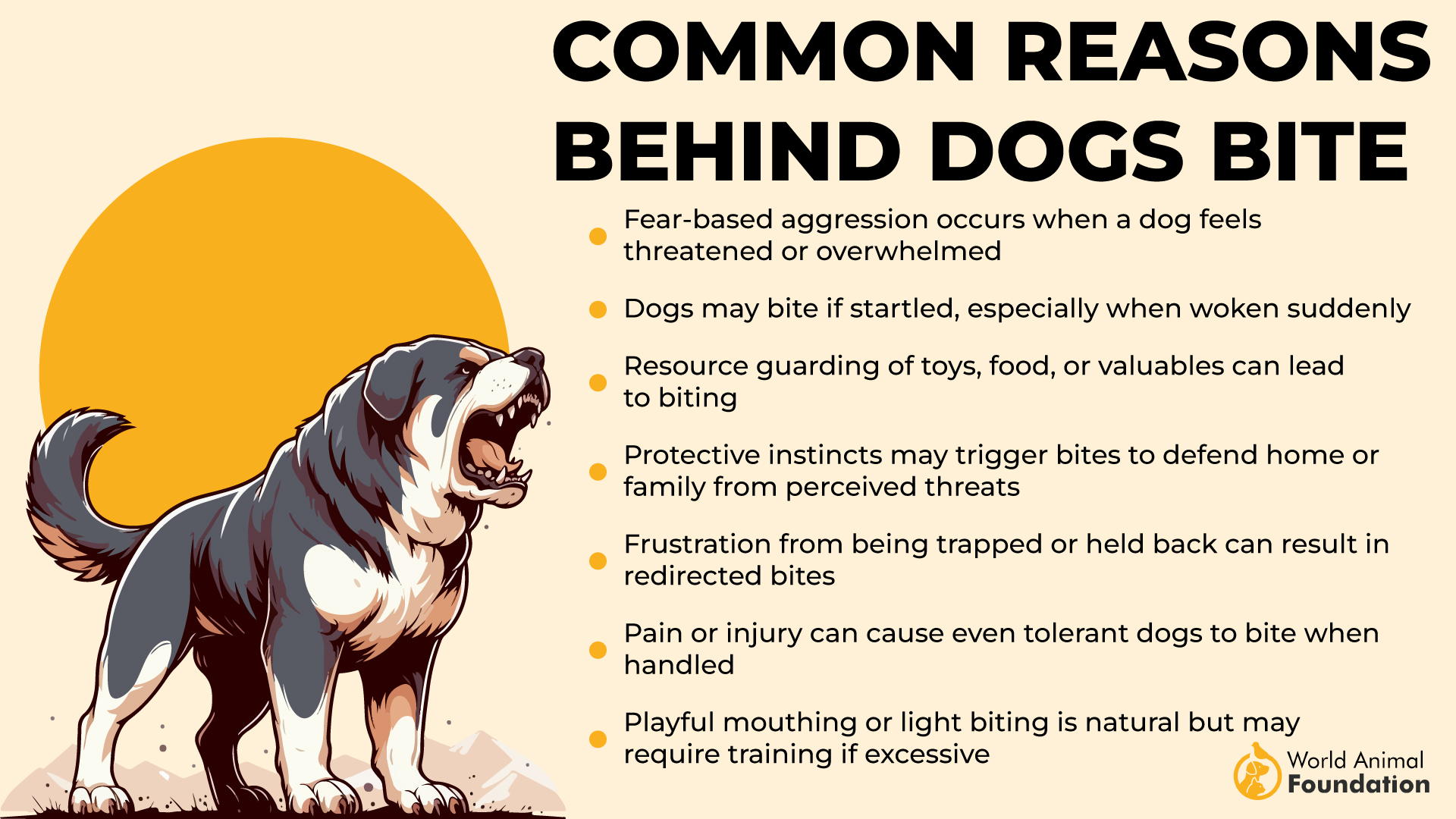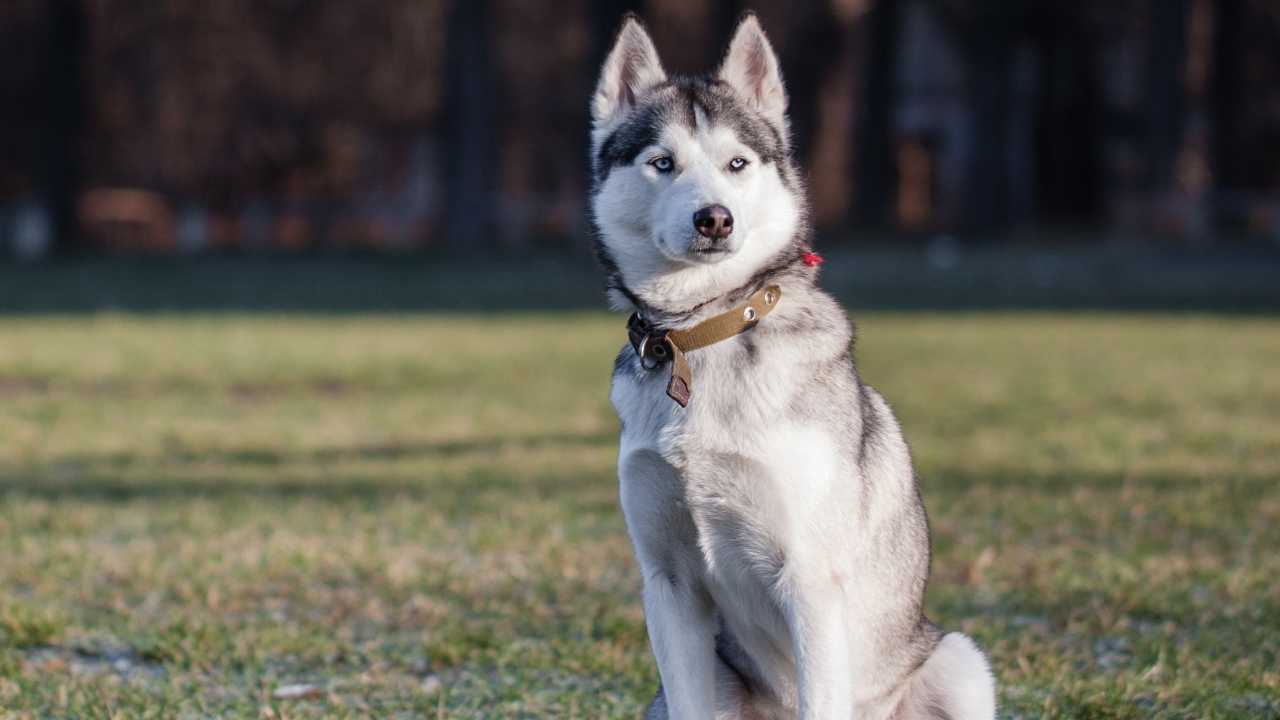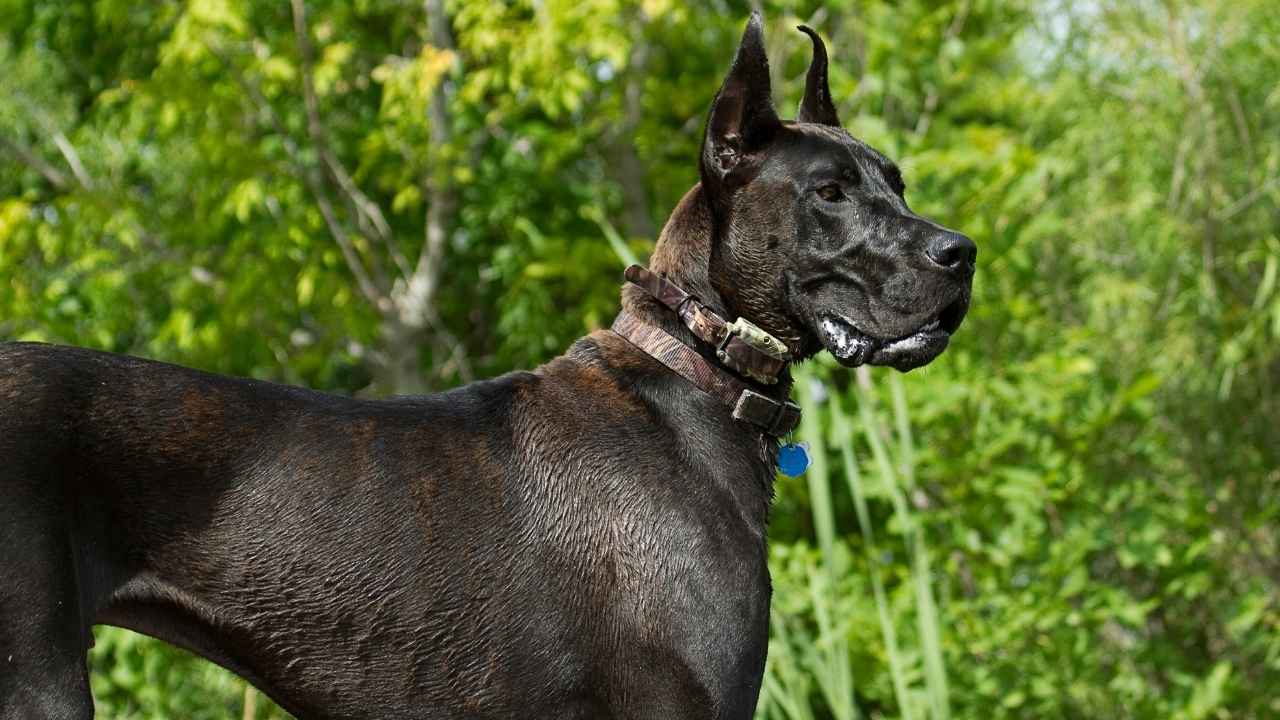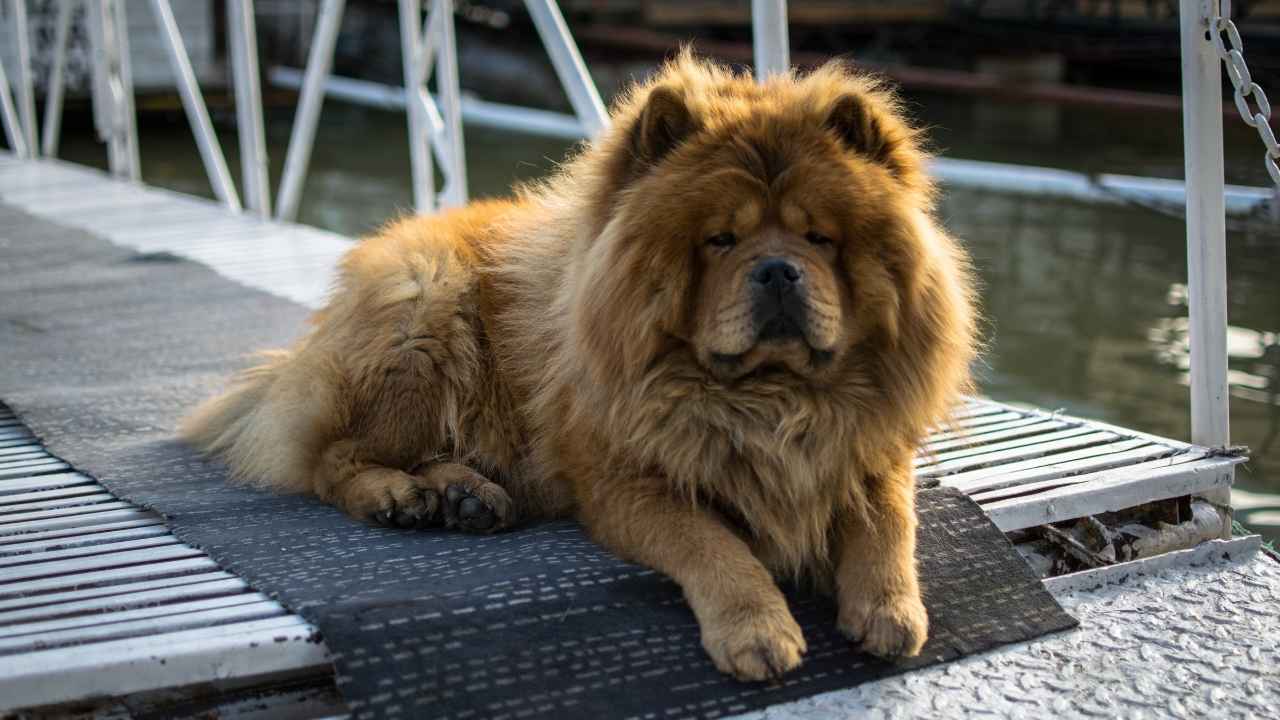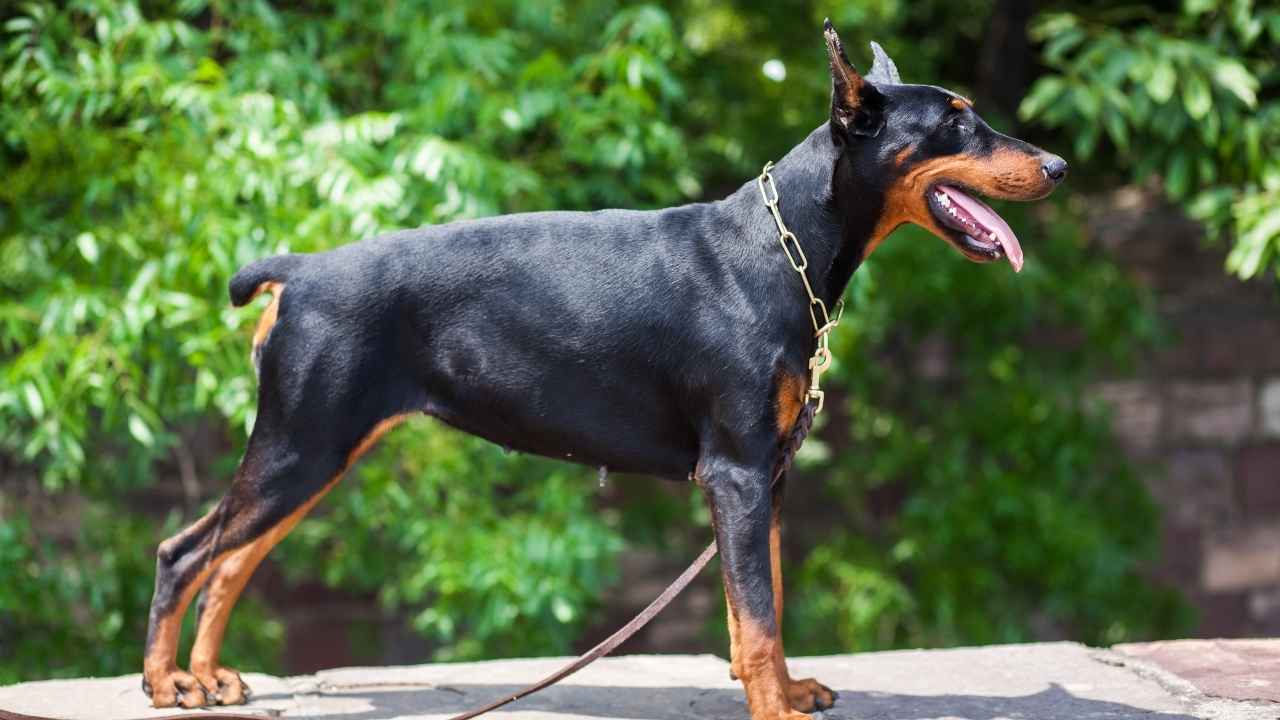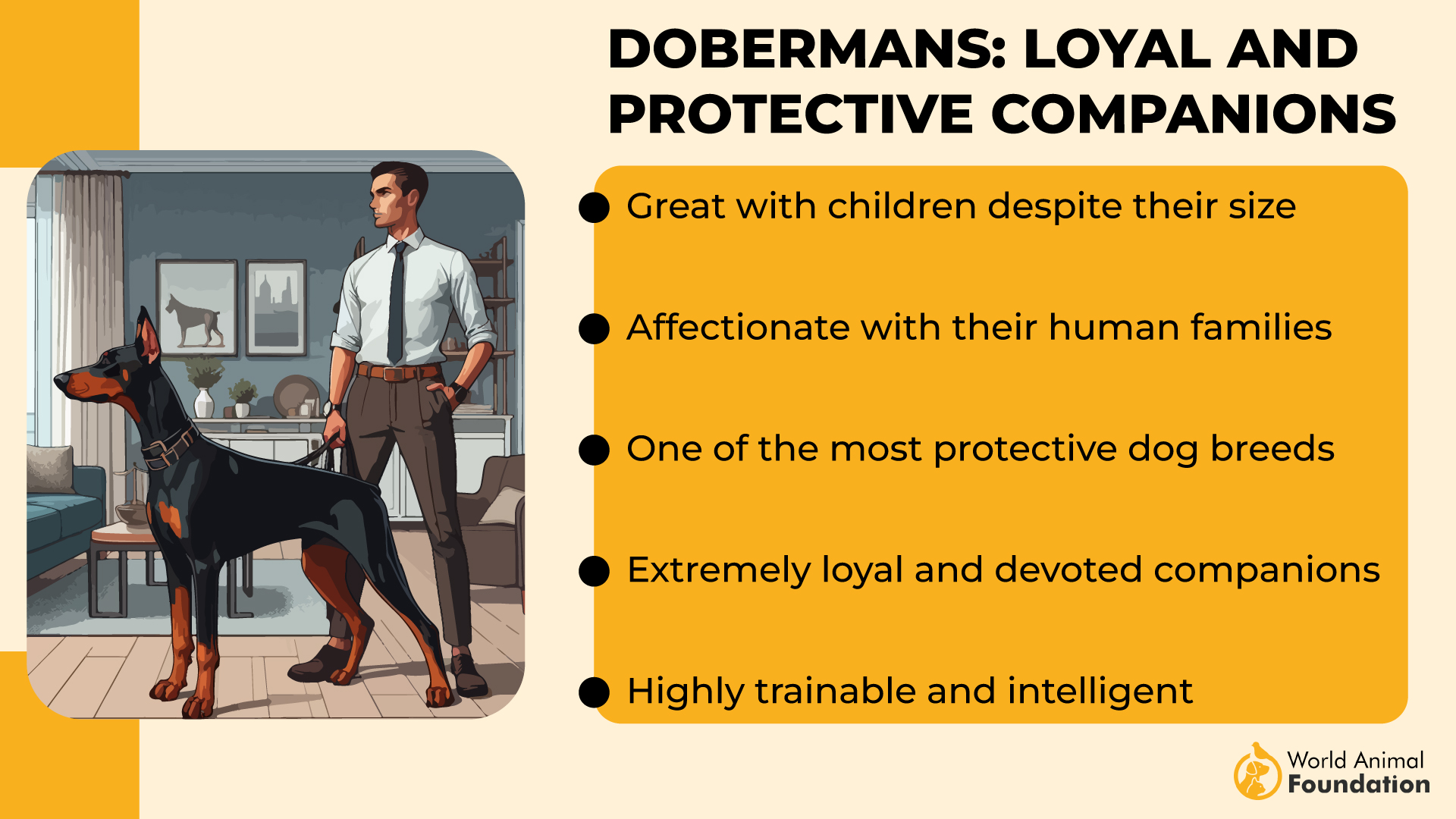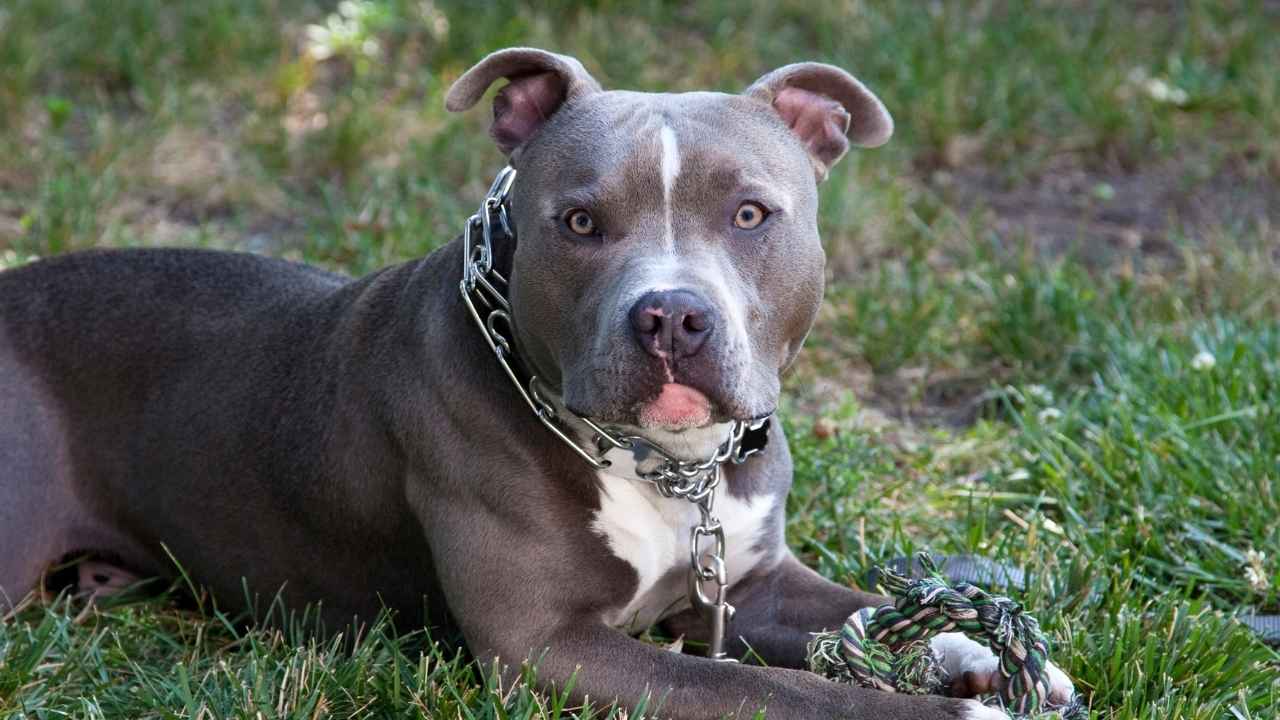Dogs are often celebrated as loyal companions and beloved family members, yet some breeds earn reputations that spark both fascination and caution. In exploring the realm of canine behavior, it’s crucial to understand which breeds show a higher propensity for biting, as such insights are essential for ensuring both human and animal safety. This examination covers the 10 most dangerous dog breeds based on biting incidents, bringing to light factors that may contribute to these behaviors. While no breed is inherently vicious, understanding these statistics can help inform responsible ownership and promote informed interactions between humans and dogs.
Dogs are often called man’s best friend, but even the most lovable pups can have a bite that packs a serious punch. While most dogs are gentle, loyal, and affectionate companions, there are breeds with a reputation for being dangerous based on their bite strength and history of incidents.
It’s important to note that any dog, regardless of breed, can become aggressive if improperly trained or mistreated. As per dog bite statistics, approximately 4.5 million dog bites occur annually in the United States, with about 800,000 requiring medical attention. However, certain breeds possess a combination of power, tenacity, and instinct that can make their bites more formidable.
In this blog, we’ll explore some of the most dangerous dog breeds based on their bite force and history of incidents while shedding light on their loyal and lovable sides. Let’s dive into what makes these breeds awe-inspiring and a force to be reckoned with.
Most Dangerous Dog Breeds Based on Biting
1. Bullmastiff
The Bullmastiff is a giant breed with a reputation for loyalty and protective instincts. Bred as a guard dog, this muscular powerhouse can weigh up to 130 pounds, and its bite can be devastating if provoked. The dog bite force is estimated to be around 552 PSI (pounds per square inch), one of the strongest among domestic dogs.
Bullmastiffs are generally calm and affectionate with their families, but their size and strength make them a serious threat if they feel their loved ones are in danger. They were historically used to protect estates and apprehend poachers, which is why their guarding instincts are deeply ingrained. A poorly trained or mistreated Bullmastiff may act aggressively, making proper socialization and training essential.
Despite their intimidating bite force, they are known as gentle giants with the people they love. They thrive on companionship and are usually low-energy dogs. When raised responsibly, they’re affectionate protectors who would rather cuddle than clash.
2. American Bulldog
The American Bulldog is known for its robust build and strong bite force of approximately 305 PSI. Originally bred as a working dog to hunt feral hogs and guard farms, their strength and determination are unmatched. Unfortunately, their muscular jaws and protective instincts can make them dangerous if mishandled or poorly trained.
American Bulldogs are fiercely loyal to their families and will not hesitate to act if they sense a threat. However, their natural dominance and energy require an experienced owner who can set firm boundaries. They may behave aggressively toward strangers or other animals if not properly socialized.
That being said, these dogs are affectionate and playful with the people they trust. They’re energetic dogs that love to run, play, and snuggle with their families, proving that their tough exterior hides a heart of gold when nurtured correctly.
3. Boxer
Don’t let their playful, goofy demeanor fool you—Boxers have a bite force of about 230 PSI and are known for their strong jaws and high energy levels. Originally bred as hunting and guard dogs, Boxers have a fearless streak that makes them excellent protectors. However, their boundless enthusiasm can sometimes lead to trouble if not channeled appropriately.
Boxers naturally protect their families and can become aggressive if they sense a threat. They are also known for their stubbornness, making training challenging for inexperienced owners. Despite their potential for danger, Boxers are incredibly loyal and thrive in active households.
At their core, Boxers are big-hearted clowns who love to play. Their playful antics and affection make them wonderful companions but require consistent training to keep their high energy in check.
4. German Shepherd
German Shepherds are one of the most intelligent and versatile dog breeds in the world, but they also pack a powerful bite at 238 PSI. As a favorite breed for police and military work, their strength, loyalty, and sharp instincts are unmatched. However, these traits can make them dangerous if they aren’t trained or socialized properly.
According to the American Veterinary Medical Association (AVMA), while any dog can bite under certain circumstances, most dog bite incidents result from improper training or mistreatment rather than the breed itself.
This breed has a strong protective instinct and will not hesitate to use its bite if it feels its family is in danger. German Shepherds are also highly territorial, leading to aggressive behavior toward strangers or other animals if not managed correctly.
When properly trained, German Shepherds are affectionate, playful, and devoted to their families. Their intelligence and eagerness to please make them highly trainable, ensuring their power is used for good rather than harm.
5. Rottweiler
Rottweilers are known for their strength, confidence, and powerful bite, which measures 328 PSI. Originally bred to drive cattle and guard property, this breed is naturally protective and territorial. While they can be incredibly loving with their families, they can also be dangerous if not properly trained or socialized.
These are not naturally aggressive dogs but can become dangerous when they perceive a threat. Their strong guarding instincts make them quick to defend their family or territory, often with a forceful bite. This combination of power and loyalty makes them excellent protectors but also requires responsible ownership. Purina says they enjoy agility sports!
They are protective and territorial, and while they are generally loyal and loving, they can cause significant dog bite injuries if they perceive a threat or are poorly socialized.
Despite their intimidating reputation, they are playful, affectionate, and often downright goofy with the dog owners. They’re happiest when they have a job, making them an excellent choice for experienced owners who can channel their energy positively.
6. Siberian Husky
Siberian Huskies are stunning, energetic dogs with a bite force of approximately 320 PSI. While they’re not commonly associated with aggression, their history as working sled dogs means they have strength and endurance in spades. They can become dangerous if they aren’t adequately exercised or trained.
Huskies are known for their mischievous personalities and independent streak, which can make them challenging for inexperienced owners. They may resort to biting or destructive behavior if they feel frustrated or neglected. Socialization is key to ensuring they remain friendly and well-behaved.
Despite their strength, Siberian Huskies are often affectionate, friendly dogs that thrive on companionship. They’re known for their love of play and adventure, making them excellent pets for active families.
7. Great Dane
The Great Dane is a gentle giant with a bite force of 238 PSI. While they’re generally calm and friendly, their massive size and strength make them a force to be reckoned with if they ever become aggressive. Standing up to 32 inches tall and weighing over 175 pounds, their sheer power can intimidate them.
They are not naturally aggressive; their protective instincts can make them act out if they sense a threat. Their calm demeanor often means they’ll only use their bite as a last resort. However, their size and strength require careful training and socialization to prevent accidents. As per PetMD, they are good family dogs if socialized early.
When properly trained, Great Danes are affectionate, gentle dogs that love spending time with their families. Despite their size, they’re known as “gentle giants” because they’re usually more interested in cuddling than causing trouble.
8. Chow Chow
Chow Chows are an ancient breed with a bite force of 220 PSI and a reputation for being aloof and independent. Originally bred in China for guarding, hunting, and herding, they have a strong protective instinct and can be aggressive if not properly socialized. VCA Hospitals recommends socializing them early.
These dogs are naturally wary of strangers and can become territorial. While they’re devoted to their families, their independent nature means they require firm, consistent training from an early age. Without proper guidance, their strong-willed personality can lead to aggression.
Despite their serious demeanor, Chow Chows can be affectionate and loyal companions. Their dignified personality matches their lion-like appearance, making them a unique and fascinating breed.
9. Doberman Pinscher
Doberman Pinschers are sleek, athletic dogs with a bite force of 245 PSI. Bred for protection, they’re known for their loyalty, intelligence, and fearless nature. They are natural guardians who will protect their family at all costs.
Dobermans are highly trainable but require a confident owner who can provide firm leadership. Without proper training, they can lead to aggressive behavior. Socialization is key to ensuring they remain friendly and well-mannered.
Their protective instincts can lead to fatal attacks if they feel a threat and cause even human fatalities. Serious injuries and fatal bites require humans to seek medical attention immediately.
Proper training and socialization are critical to ensuring they are safe companions.
When raised in a loving environment, they are affectionate and playful dogs. They’re incredibly loyal and form deep bonds with their families, making them one of the most dependable guard dog breeds.
10. Pit Bull
Pit Bulls are one of the most controversial breeds due to their powerful bite, estimated at 235 PSI, and their history in dogfighting. While they’re often unfairly labeled as aggressive, their behavior is primarily shaped by their environment and training.
They are incredibly loyal and eager to please their owners. When raised in a loving, structured environment, they’re affectionate and gentle companions. However, their strength and determination require responsible ownership to prevent incidents. Due to their powerful bite, tenacity, and history in dog fighting, they are often involved in fatal dog attacks. However, it’s crucial to note that behavior is highly influenced by training and environment.
Despite their reputation, Pit Bulls can be some of the most loving and friendly dogs. Proper training and socialization are key to unlocking their true potential as loyal, happy companions.
Conclusion
While these dog breeds may have a reputation for being dangerous based on their bite strength, it’s essential to remember that behavior is influenced by training, socialization, and environment. Each breed has unique qualities that make them incredible companions when raised responsibly.
Whether the protective Rottweiler, the loyal German Shepherd, or the playful Boxer, these dogs prove that a strong bite doesn’t define their loving hearts. Other dangerous dog breeds that are often considered high-risk dog breeds are pit bull terriers and British bulldogs.
Proper care and responsible ownership ensure these breeds live up to their full potential as devoted and dependable companions.
In conclusion, identifying the most dangerous dog breeds based on biting incidents underscores the need for responsible pet ownership and proper training. While certain breeds may statistically account for more bites, it is crucial to remember that behavior is significantly influenced by upbringing, environment, and socialization. Blanket stereotyping of breeds can be misleading and unjust. Instead, focusing on education about canine behavior, promoting responsible ownership practices, and understanding the nuances of each breed can foster safer human-animal interactions. A comprehensive approach prioritizes both community safety and the well-being of our canine companions, ensuring a harmonious coexistence.

